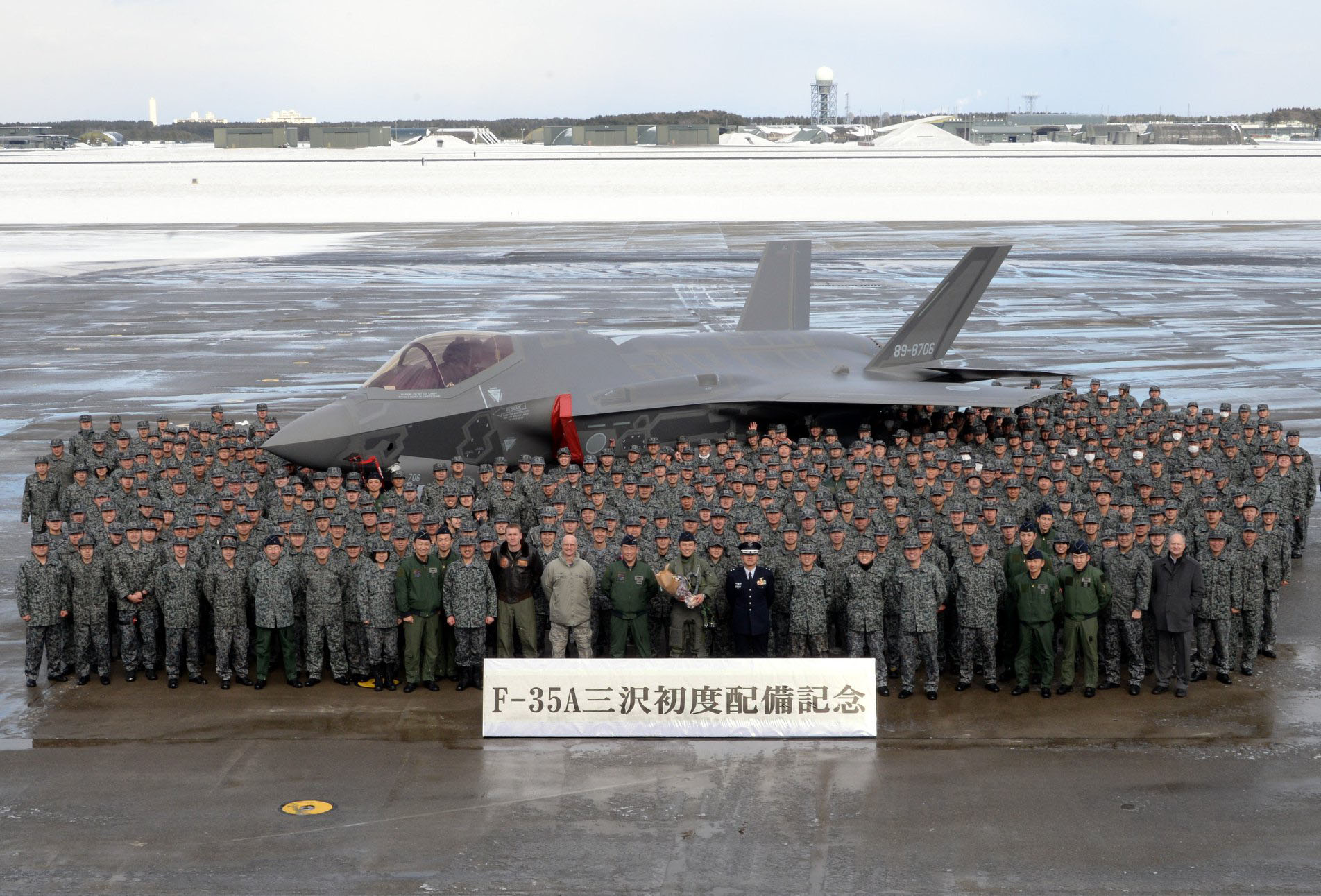This week's news that the Cabinet of Prime Minister Shinzo Abe approved the procurement of an additional 63 F-35A and 42 F-35B short take-off and vertical landing (STOVL) fifth-generation Lightning II stealth fighter jets has made international headlines. Japan is now slated to become the world's second-largest operators of the F-35 following the United States.
However, while the announcement is generally considered good news for the Air Self-Defense Force, U.S. aircraft maker Lockheed Martin, and the Japan-U.S. alliance overall, the question that remains to be answered is whether the new aircraft is best suited to fulfill the service's operational requirements. (Notwithstanding that Abe's procurement plan could still be derailed by the Diet and a still too-small defense budget.)
The core of the ASDF's peacetime mission is to conduct scrambles, while in wartime it is to guarantee air superiority. Yet, while useful and effective at both tasks, the F-35A is far from an ideal candidate for either mission. (Side note: I am not going to discuss the F-35B, including its role in naval warfare, in this short piece.) In short, the F-35A will be too expensive to operate for scrambles and has not been designed as an air superiority platform. As such, it may prove more of a burden than a blessing for long-term defense procurement planning in Japan.



















With your current subscription plan you can comment on stories. However, before writing your first comment, please create a display name in the Profile section of your subscriber account page.